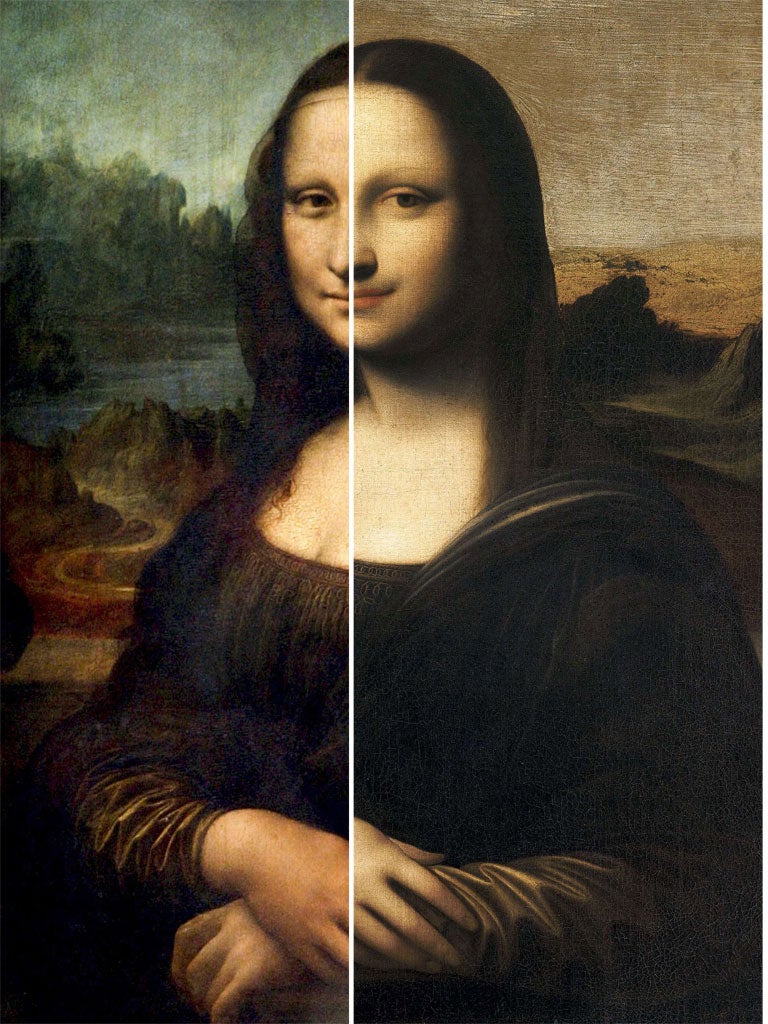
The Mona Lisa's elusive smile has enthralled visitors to the Louvre for generations, but yesterday a Swiss foundation unveiled what it said was an earlier version of Leonardo Da Vinci's masterpiece, claiming it was completed over a decade before the famous Renaissance painting.
The work, known as the Isleworth Mona Lisa, was exhibited publicly in Geneva by the Mona Lisa Foundation, which claims that 35 years of research, numerous tests and mathematical comparisons have led experts to conclude that it predated the Louvre painting by 11 to 12 years.
Stanley Feldman, an art historian, whose book Mona Lisa: Leonardo's Earlier Version was published yesterday, insisted that all the evidenced suggested that the work was the first Mona Lisa.
"We have investigated this painting from every relevant angle and the all the accumulated information points to it being an earlier version of the Giaconda in the Louvre," he said.
The foundation, which has been working with the anonymous owners of the Isleworth Mona Lisa, claim that the younger Mona Lisa was probably painted around 1505. That has been backed by the leading Italian Da Vinci specialist, Alessandro Vezzosi and the America-based Renaissance expert, Carlo Pedretti.
However other Da Vinci specialists remain highly sceptical. "The Isleworth Mona Lisa mis-translates subtle details of the original, including the sitter's veil, her hair, the translucent layer of her dress, the structure of the hands," insisted Martin Kemp, an Oxford University professor and acclaimed authority on the Renaissance painter. "The landscape is devoid of atmospheric subtlety. The head, like all other copies, does not capture the profound elusiveness of the original."
The painting was found in 1913 by the collector Hugh Blaker in an English manor house, where it had hung unnoticed for a century. He then took it to his home in the London suburb of Isleworth.
Subscribe to Independent Premium to bookmark this article
Want to bookmark your favourite articles and stories to read or reference later? Start your Independent Premium subscription today.

Join our commenting forum
Join thought-provoking conversations, follow other Independent readers and see their replies